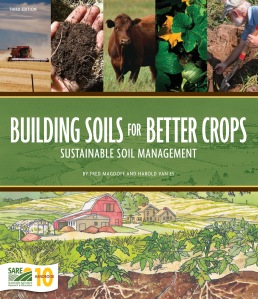
British scientists have cracked the global earthworm mystery: they have worked out how the planet’s great subterranean reprocessing system copes with the poisons that would choke most herbivores.
Earthworms underwrite almost all life on earth: they drag fallen leaves below the soil and digest them, to excrete that rich mix of loam and living things called topsoil. Every year, 35 billion tons of dead grass and leaf litter get turned over by the worms and other soil fauna. But the catch is that some plants are really poisonous, and all plants contain some toxins designed by evolution to discourage demolition by herbivores, and these toxins carry on working even after leaf fall.
But earthworms seem to have the stomach for almost anything vegetable. And Manuel Liebeke and Jakob Bundy of Imperial College in London have the answer. They and colleagues report in the journal Nature Communications that that the earthworm’s gut contains a suit of molecules that neutralise the polyphenols that give plants their colour, serve as antioxidants and discourage many ravenous grazers.
The worm’s internal defences have been identified and pinpointed by sophisticated visual imaging, and named drilodefensins. The researchers calculate that drilodefensins are so abundant that for every person on the planet there may be at least one kilogram of the molecules in the worms under their feet.
Which is why we are all here: researchers last year confirmed that the simple existence of earthworms in the soil means that crop yields may increase on average by 25% and the weight of all foliage above ground by 23%. The great biologist and evolutionary pioneer Charles Darwin called them “nature’s ploughs.”
But, the Imperial team point out, without the earthworm’s arsenal of drilodefensins, there wouldn’t be much soil to plough.
Continue reading “Answer To Earthworm’s Ability To Digest Poisons Unearthed By Scientists”






